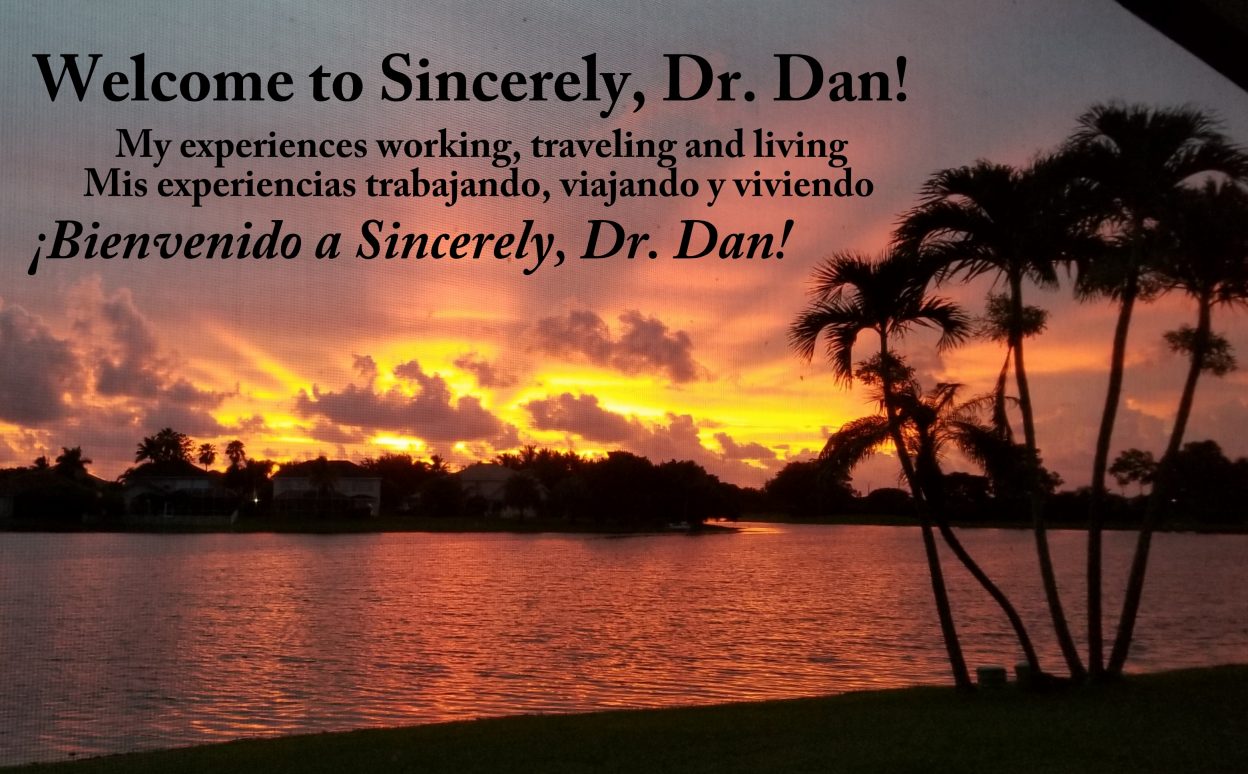An essay in the “World Through a Lens” series appeared in the New York Times Travel Section recently which reminded me of something that happened soon after I moved to West Palm Beach, Florida over 40 years ago. It was written by a Seattle-based photographer, Richard Frishman, who traveled across the United States “to document the vestiges of racism in America” in a stunning piece called “Hidden in Plain Sight: The Ghosts of Segregation.”
In 1980, I was new to “the South.” Having spent my entire childhood in New Jersey and all my undergraduate and post-graduate years “up North” in Pennsylvania, New York and Maryland, I definitely had preconceived notions of what it would be like to live and work in Florida.
When I came to South Florida, I found it a curious combination of North and South. Given that there were many retirees from the North, many people viewed the tri-county area of Dade (Miami), Broward (Ft. Lauderdale) and Palm Beach as “the sixth borough of New York City.” I soon found out that my county, Palm Beach, had an unusual mixture of different demographic elements. On the Atlantic side on the east lay the town of Palm Beach was a mostly elite class of very wealthy people. The middle of the county was a mixture of working-class and professional people made up of geographically separated whites, Blacks and Hispanics. The majority of the Hispanic population during those early years were middle-class Cubans who had migrated from the counties further south.
But fifty miles inland, the primarily agricultural area called “The Glades” was located. Except for the small number of mostly white and Hispanic landowners, the population was made up of poor Blacks of American and Caribbean origin. There was a striking difference compared to the rest of the people in the county. During those years, I often saw diseases among the children from that area that I had not seen except in underdeveloped countries which I had visited. Conditions in the Glades were so abysmal that they rivaled other poverty zones in the “Deep South” of the United States and third-world countries.
I present this background because I was very naïve to the conditions in which I would be working in my first job in Florida. After all, I was a young, idealistic doctor whose sole experience up to that point was working in an inner-city hospital in New York and in a government-sponsored clinic in Baltimore. Like most new doctors, I thought “I had seen it all.”
On my first site visit before I was hired, I was pleased to see a new concept in pediatric offices. There were two waiting rooms: One for “Sick” and the other for “Well” patients.
Later that year, when I entered my new workplace on my first day, I wasn’t prepared for something that truly shocked me. As the office manager led me through the two adjacent waiting rooms on our way back to the inner area of the office, I told her that I was so impressed that I would be part of such a forward-thinking office with a two waiting rooms.
“Oh,” she paused, waiting to deliver me the shocking news. “You obviously come from up North. Those were the white patients’ waiting room and the colored patients’ waiting room, as it was back in the 50s when I first started working here.”
You could have blown me over with that explanation!


Did not realize that.
LikeLike
I ,too, was shocked when I first vacationed in Florida when I was ten years old (1948). While driving by, I saw a sign on a hotel lawn that said “ No Dogs
No Colored
No Jews”.
Although I was only 10 years old, I still can feel the shock that I felt then whenever I think about that sign. I guess I will always remember it as long as I live.
LikeLike